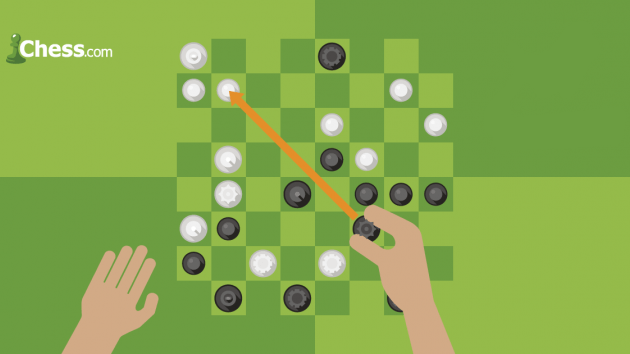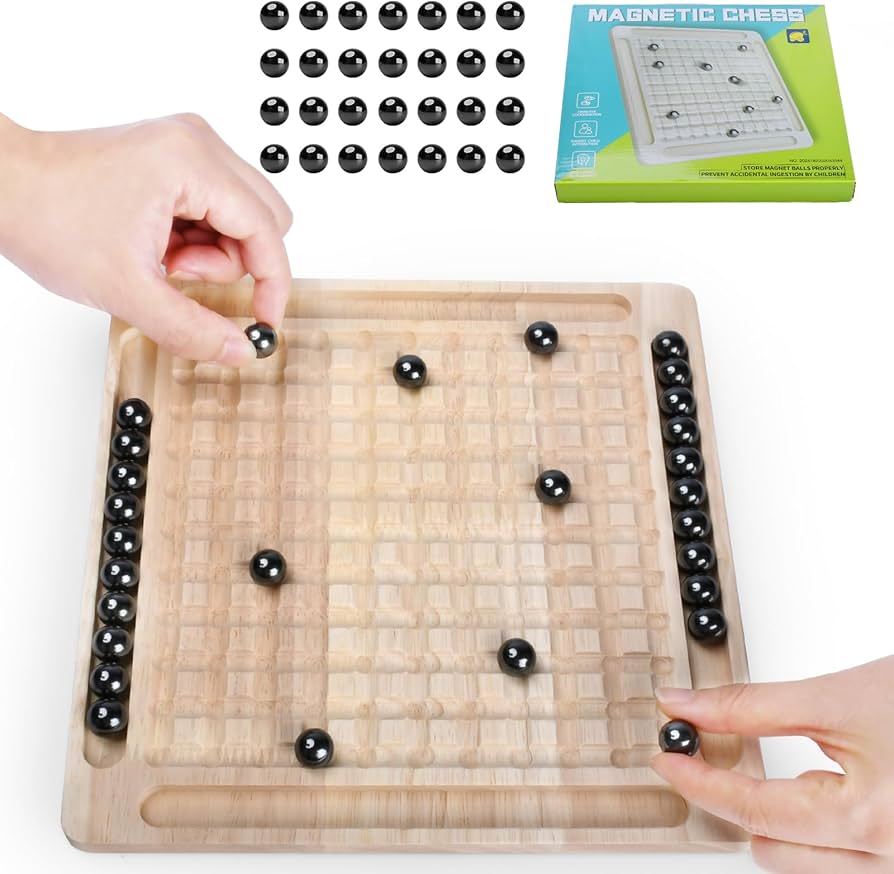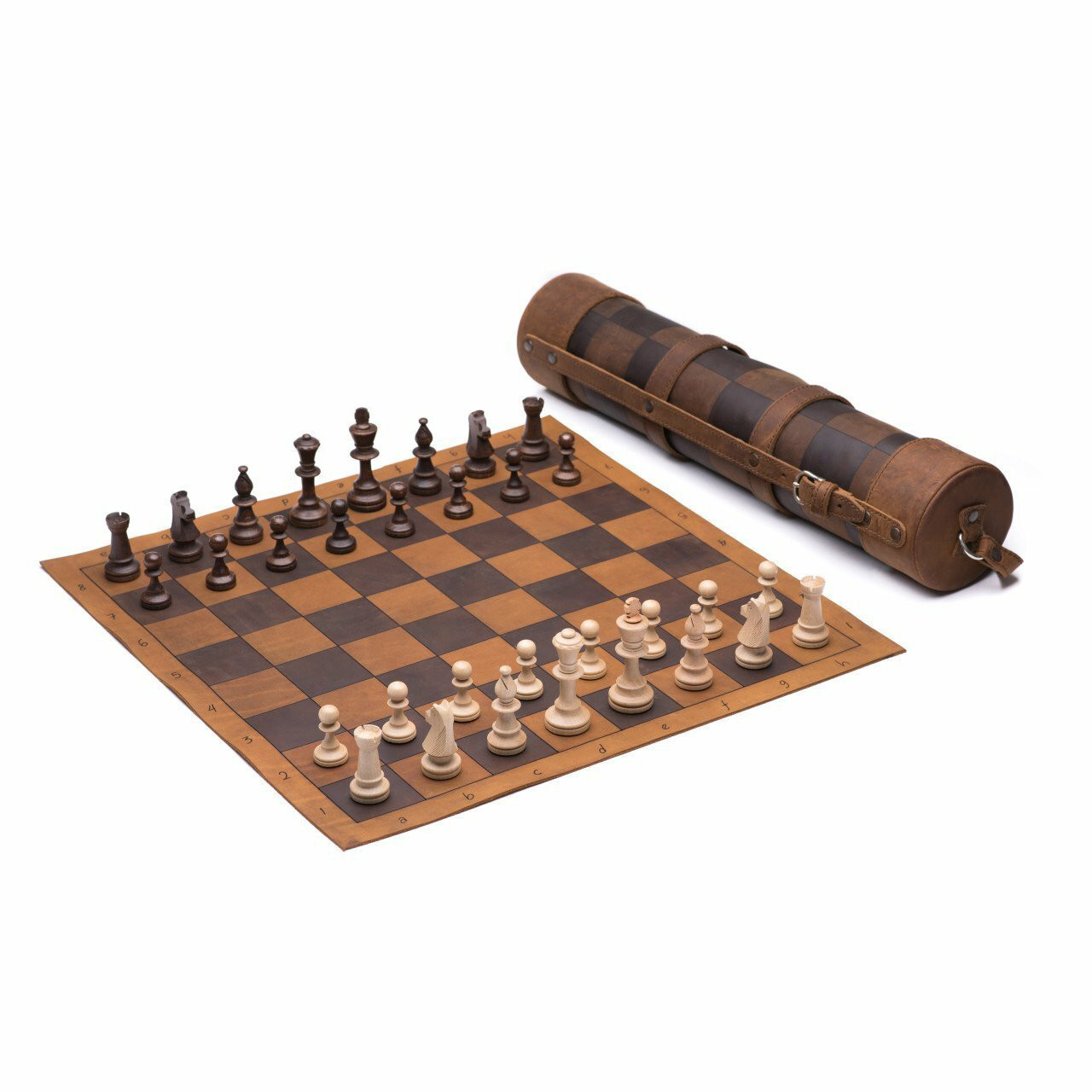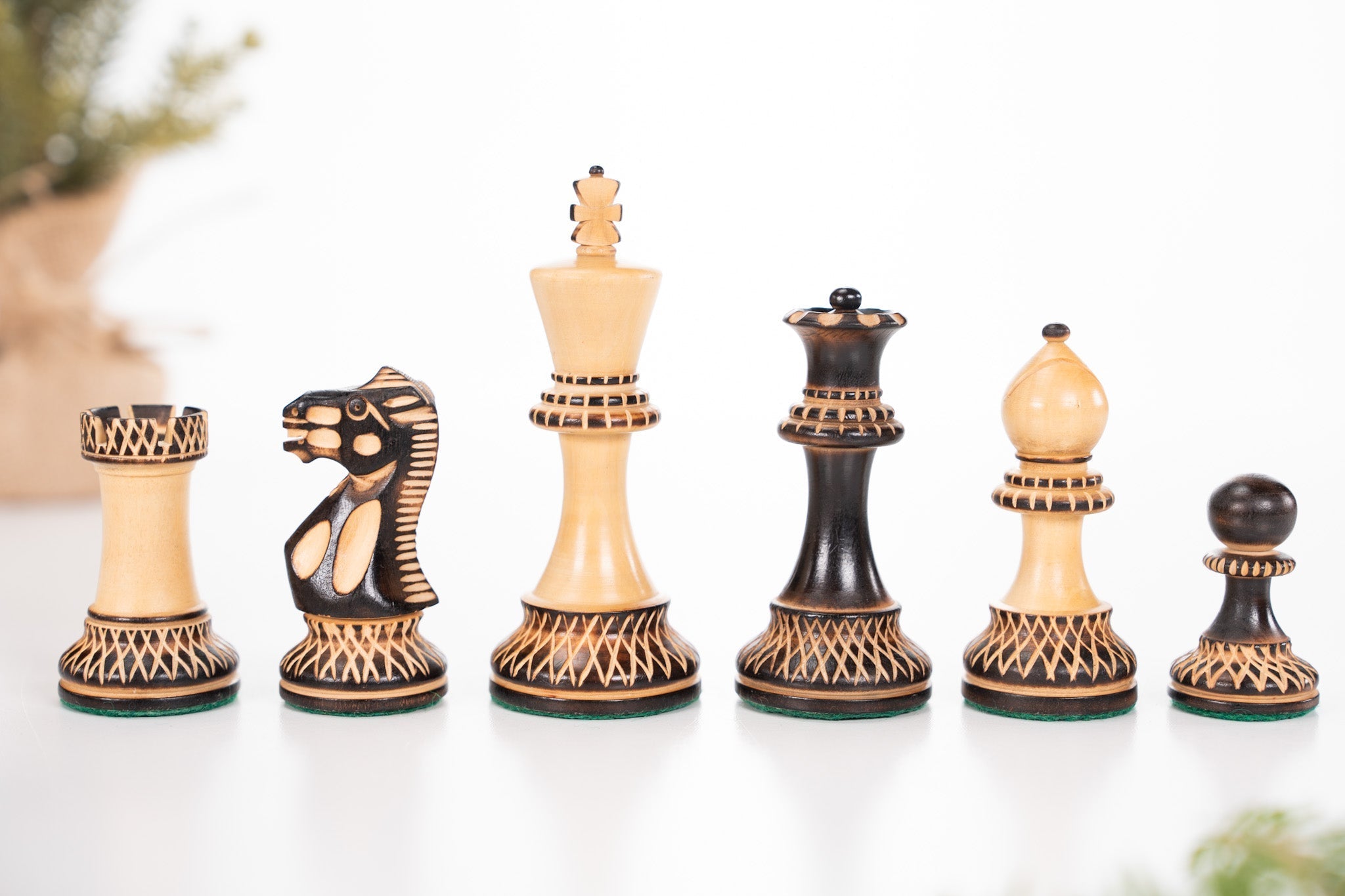Chess is a game of strategy. It requires planning and foresight. Many players know basic moves and tactics. But, knowing advanced strategies can give you an edge. Today, we will talk about deflection and decoy. We will also see how to blend them with other tactics.
What is Deflection in Chess?
Deflection is a tactic. It forces an opponent’s piece to move. The goal is to remove it from a key position. This can leave the opponent’s king or other pieces vulnerable.
For example, if a knight is protecting a queen, you may use deflection. You can force the knight to move. Then, you can capture the queen.
What is Decoy in Chess?
Decoy is another tactic. It lures an opponent’s piece to a bad position. This can create weaknesses in their defense.
For example, you may sacrifice a pawn. This can tempt the opponent to move a piece. That move can open up their position for your attack.
Blending Deflection and Decoy with Other Tactics
Blending deflection and decoy with other tactics can make your strategy stronger. Here are some common tactics to blend with:
1. Pins
A pin is a move that restricts an opponent’s piece. The pinned piece cannot move without exposing a more valuable piece.
Example: You can use deflection to move a piece that is protecting a pinned piece. This can make the pinned piece more vulnerable.
2. Forks
A fork is a move that attacks two or more pieces at once. Knights often perform forks.
Example: You can use a decoy to lure a piece into a position. Then, you can use a knight to fork the opponent’s king and rook.
3. Skewers
A skewer is like a reverse pin. A more valuable piece is attacked first. When it moves, a less valuable piece is captured.
Example: You can use deflection to move a piece that is blocking a skewer. This can make the skewer possible.
4. Discovered Attacks
A discovered attack happens when one piece moves, revealing an attack by another piece.
Example: You can use a decoy to lure a piece away. This can create a discovered attack by a rook or bishop.

Credit: www.scribd.com

Credit: www.chess.com
Step-by-Step Guide to Blending Deflection and Decoy
Here is a step-by-step guide to help you blend deflection and decoy with other tactics:
Step 1: Identify Key Pieces
Look for pieces that protect important squares. These are your targets.
Step 2: Plan Your Deflection Or Decoy
Think about how to move these pieces. Use deflection or decoy to do this.
Step 3: Combine With Other Tactics
Once the piece is moved, use other tactics like pins, forks, or skewers.
Step 4: Execute The Plan
Make your moves. Watch how your opponent responds. Adjust your plan if needed.
Common Mistakes to Avoid
Here are some common mistakes to avoid when blending deflection and decoy:
- Overlooking Opponent’s Moves: Always consider how your opponent might respond.
- Ignoring Your Defense: Don’t focus only on attacking. Keep your own pieces safe too.
- Rushing: Take your time to plan. Rushed moves can lead to mistakes.
Practice Makes Perfect
Blending deflection and decoy with other tactics takes practice. Play games and analyze your moves. Learn from your mistakes. The more you practice, the better you will get.
Conclusion
Chess is a game of strategy and tactics. Knowing advanced strategies like deflection and decoy can give you an edge. Blending these tactics with others can make your game stronger. Remember to practice and learn from your games. This will help you improve over time.
Keep playing and keep learning. Chess is a journey. Enjoy the game!







